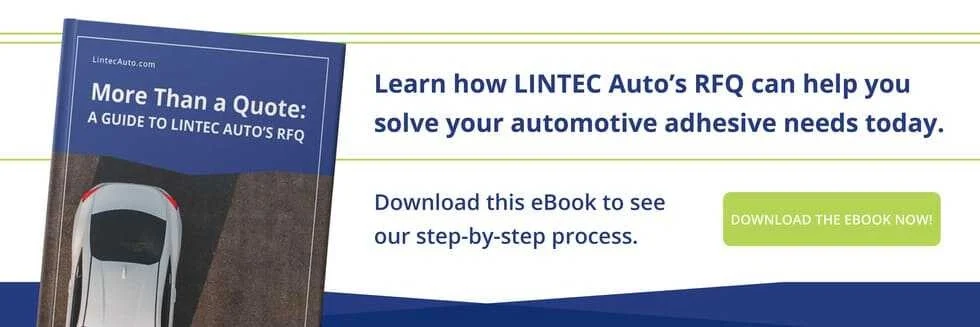10 Tips for Meeting OEM Price Point Demands

These days, OEMs are focusing more on marketing, design, and car assembly than managing the supply chain and integrating information. As a supplier, this means youre going to be expected to provide a higher level of support than ever before. On top of that, powerful OEMs can make price demands that you are not in a strong position to rejectyou need their business.
Even so, the popular wisdom is that you win business on price, and lose it on service. Even at a profitable price point, no contract with a supplier will last if you cannot live up to the service and quality expected by the OEM.
With these factors in mind, here are some helpful tips for meeting OEM price point demands at a value that will make sense for both of you:
1) Never Accept the First Offer
Its a tried and true negotiation tactic, but starting with a price point above what will eventually be paid allows them to counter-offer you in return. This revised figure may be more in line with what you expect youll need to achieve value in the deal.
2) Use Cost-Efficient Products
By offering products with low costs to you, its easier to pass the gains on to the OEM. For example, the automotive adhesives and films we offer are priced to keep you competitive after you invest in them. Also, if your product includes features the OEM does not need, try to meet their desired OEM price by bringing the deal back to basics. A lean, low-investment product could serve their purpose while cutting your costs.
3) Create New Value
If the OEM can help you diversify your product into a new market or a new industry, youll be getting much more than their agreed price in the deal. Growth is worth the initial investment of a discount.
4) Reduce Your Risks
OEMs who want price concessions may understand that a lower price can only make sense for you if your business risks are reduced with a long-term contract. Longer contracts are one of the most effective ways to provide you with the security and reliable income youre looking for.
5) Take Quality Control Seriously
If your facility is clean, well-lit, and efficiently organized, it will show the OEM that you have the capacity to complete work in a safe and professional manner. Let them see the facility, and if you impress them, it may help you in negotiations. As a side benefit, you know your quality will reduce factory losses on your side.
6) Go Vertical
Do your engineering in-house. Provide final packaging and logistics for the OEM and try offering a Vendor Managed Inventory (VMI) service. A cohesive, streamlined, and vertical process will minimize your overhead and make your cost-to-time ratio much more efficient so that you can meet lower OEM price points.
7) Commit to Improvement
Schedule regular Kaizen events for workers and managers to focus on continuous process improvements. Lean manufacturing starts with training on the production floor and in the front office, and any investments you make in your productivity will improve margins and give you room to meet OEM price needs.
8) Seek Economy of Scale
Sometimes the OEM needs customized productsstandard or modified standard just wont do. Set a minimum bulk quantity youre comfortable with so that you can justify the R&D involved in crafting a custom product at the OEM price point they need.
9) Invest in Technology
State-of-the-art equipment and tools will boost productivity and attract business. You get what you pay for, and the opening investment is worth it.
10) Use a Multiple Site Approach
It can be challenging to minimize costs, stimulate innovation, and find close proximity to the OEM all in one site. Consider purchasing (or controlling) up to 3 sites, each filling one role. You might have a foreign site with low costs, another with a skilled workforce, and one closer to the OEM plant. New parts operations for a supplier can cost over $60 million, so new sites may be a small price to pay for the leverage they provide.
As a final thought, dont forget that while getting the best possible price matters in the short term, its a positive future relationship with the OEM that has lasting benefits. Good vibes lead to repeat (or expanded) investments. Never underestimate the value of a little goodwill.


